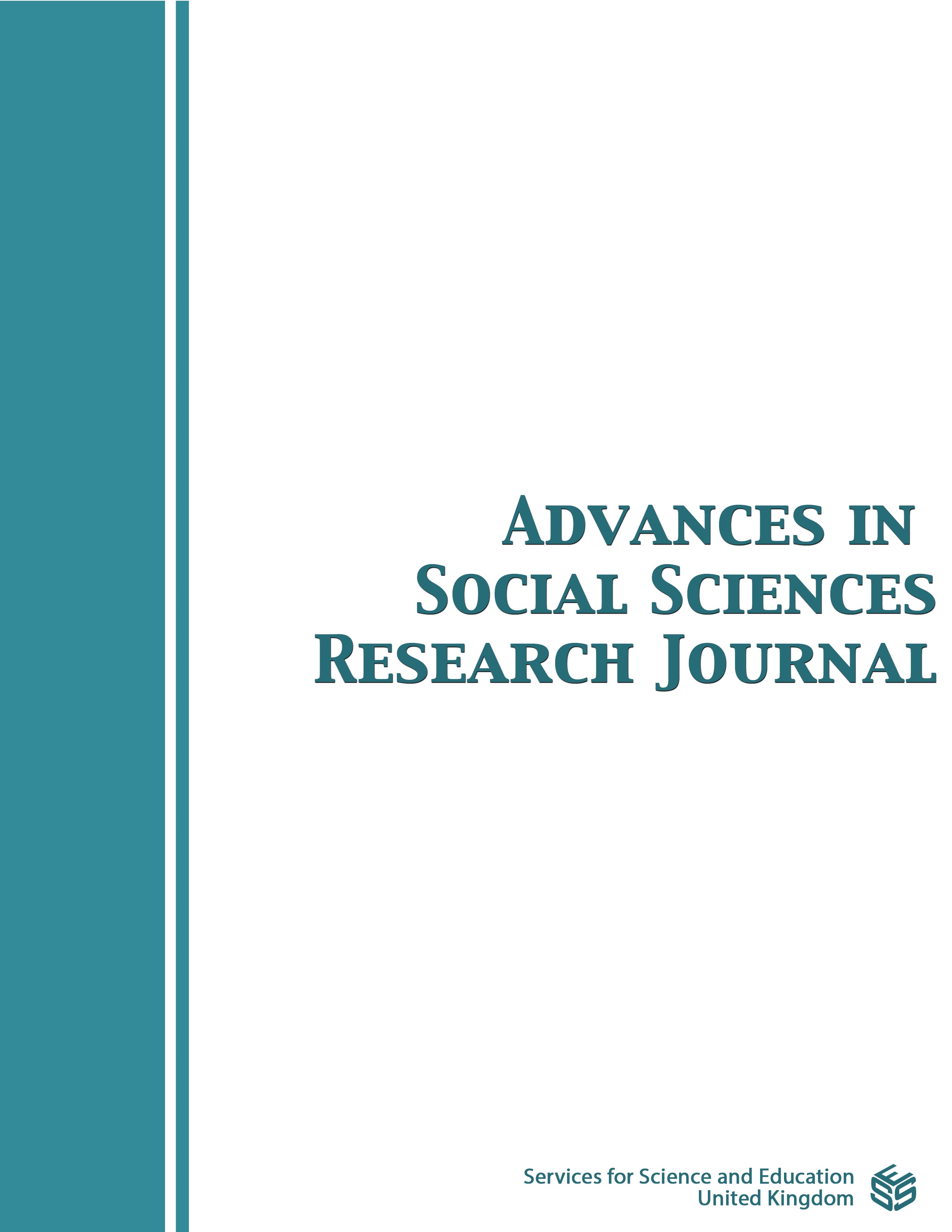Relationship Between Purpose, Types and Elements of Instruction and Assessment
DOI:
https://doi.org/10.14738/assrj.95.12465Keywords:
Purpose, Types, Elements, Instruction and Assessment.Abstract
Instruction and assessment are commonly used terms in teaching and learning processes. The meaning of these critical concepts in education have been studied and documented by various scholars overtime. Curriculum is a continuous reconstruction, moving from the learner’s present experience out into that represented by the organized bodies of truth that disciplines. Curriculum is also all the learning experiences planned and directed by the school to attain its education goals ,aims and objectives. All scholars point to the fact that curriculum consists of all that the school or college may select and consciously organize for the purpose of developing the personality of learners and for making behavior change in them. A curriculum purpose is achieved through instruction. Instruction is defined as a process of facilitating a learner to acquire knowledge, skills, attitudes and values through organized schedules. The purpose of instruction is evaluated through assessment. Assessment refers to a process by which information is obtained relative to some known objectives or goals. Assessments is a abroad term that includes testing. Assessments measure progress at the end of a programme. Assessment determine the extent to which a programme goal/goals have been achieved. The definitions of these educational terminologies denote a strong relationship instruction and assessment. The purpose of this paper is to analyze the relationship among these concepts with a view of enabling an effective alignment in teaching and learning process. The major relationship between instruction and assessment lie in purpose, types and elements.
Downloads
Published
How to Cite
Issue
Section
License
Copyright (c) 2022 Kibaara Tarsilla

This work is licensed under a Creative Commons Attribution 4.0 International License.
Authors wishing to include figures, tables, or text passages that have already been published elsewhere are required to obtain permission from the copyright owner(s) for both the print and online format and to include evidence that such permission has been granted when submitting their papers. Any material received without such evidence will be assumed to originate from the authors.






